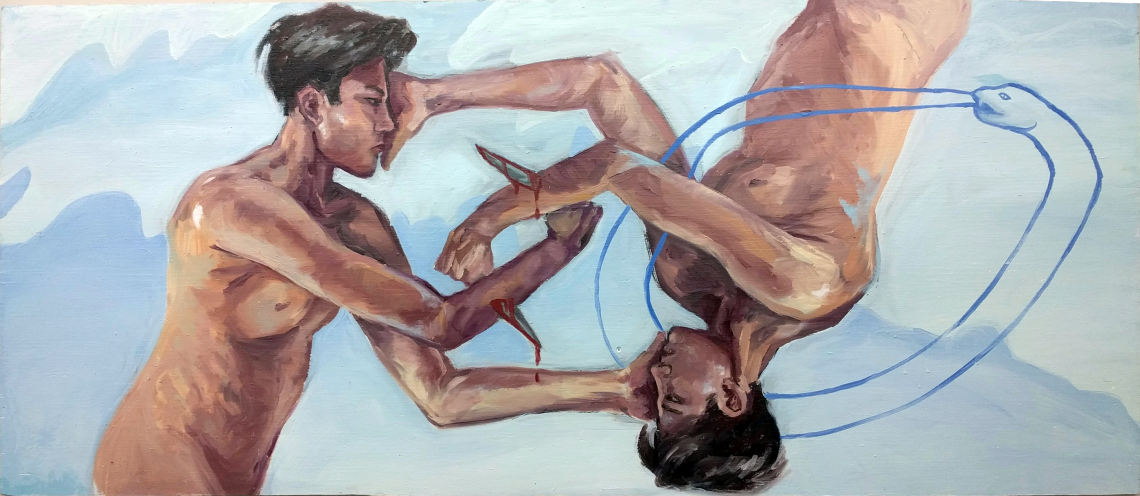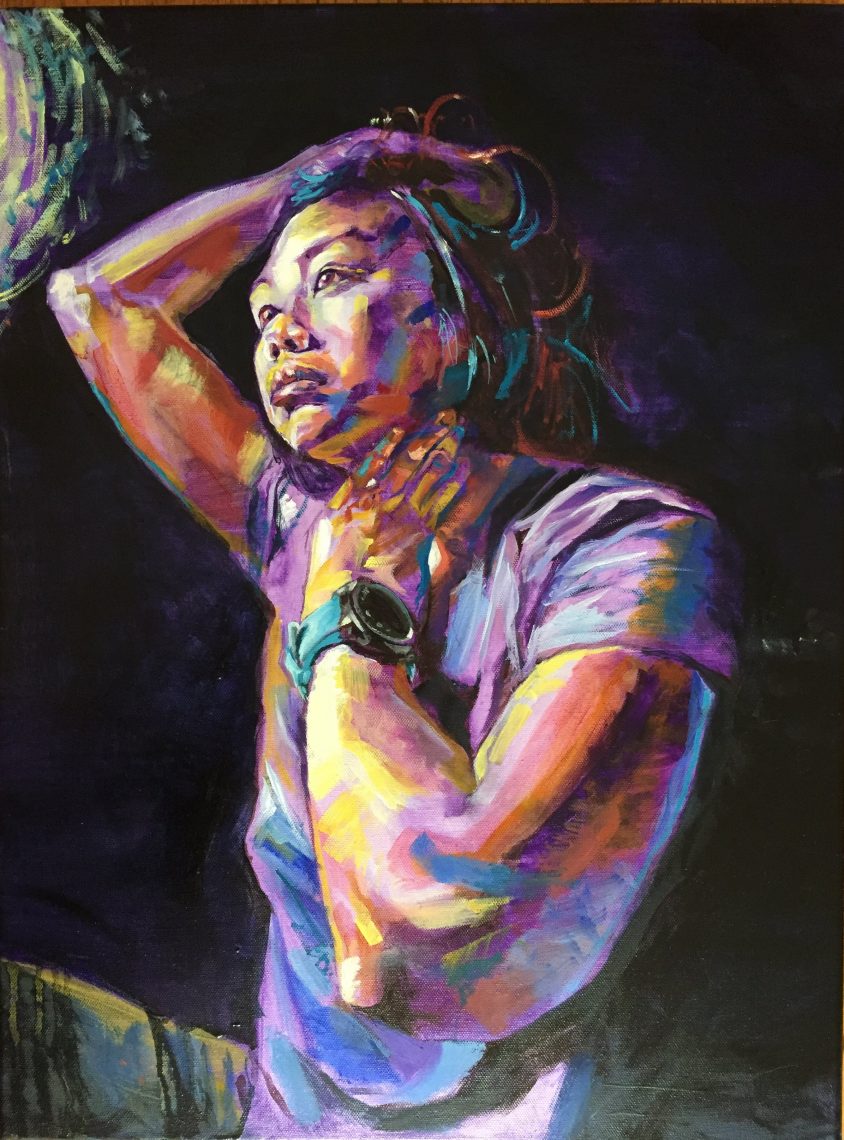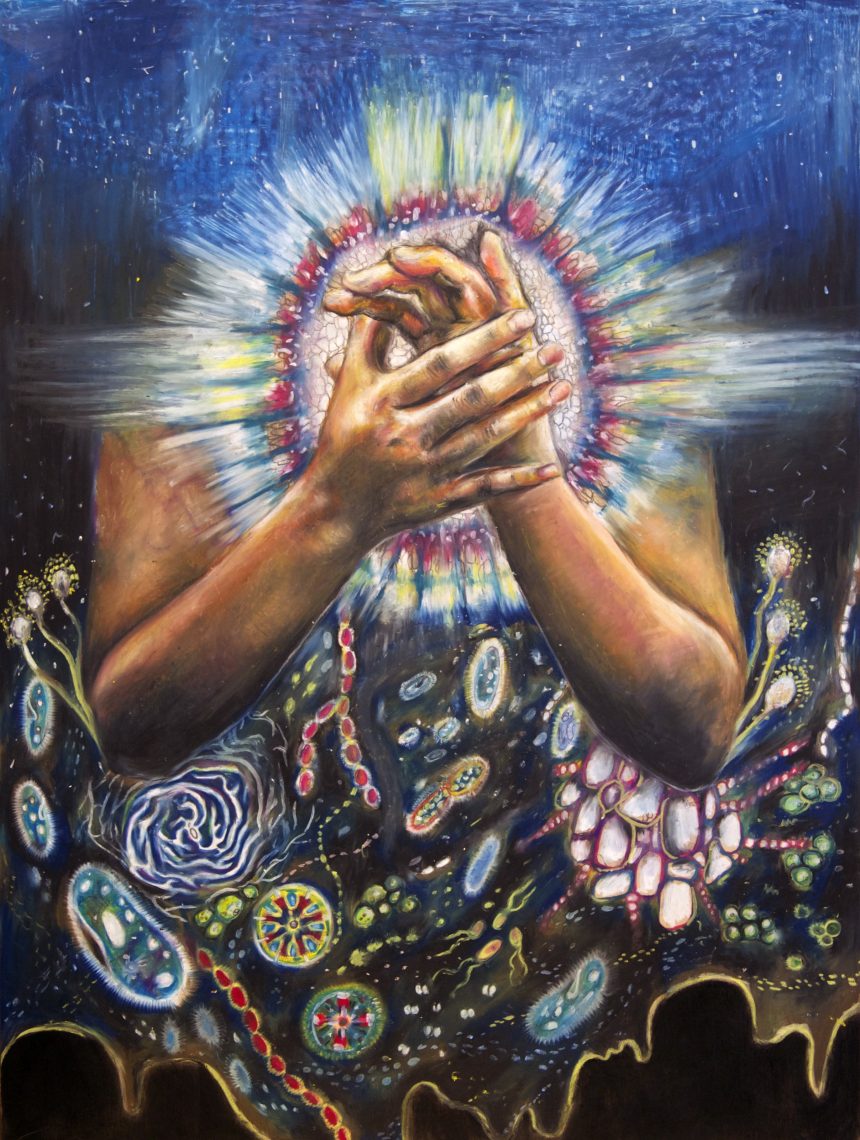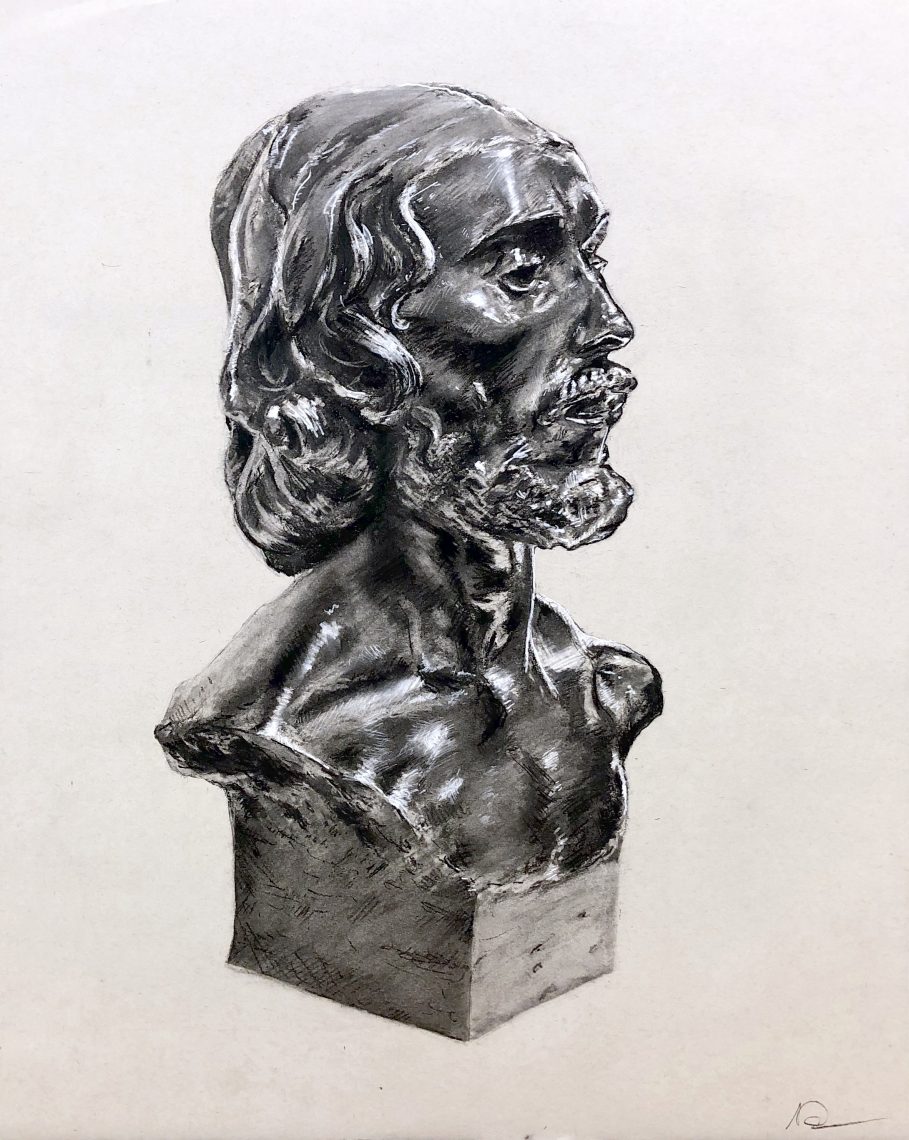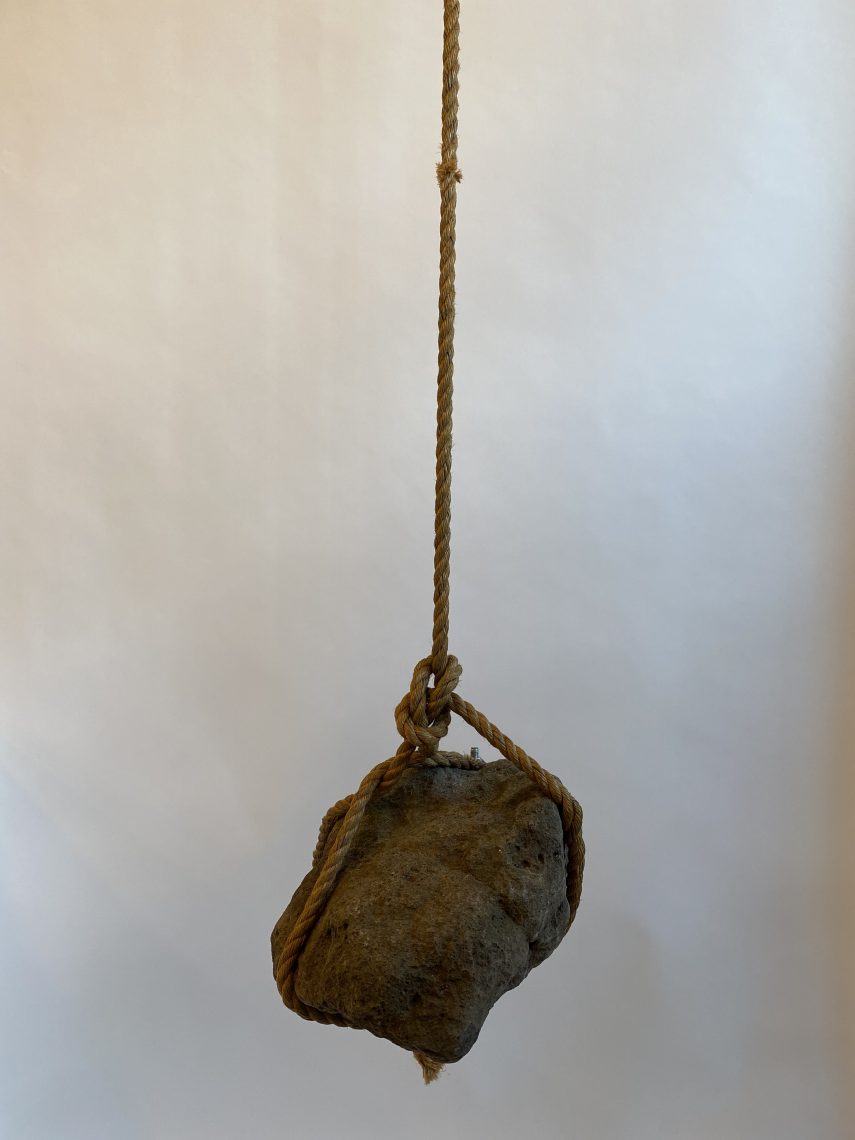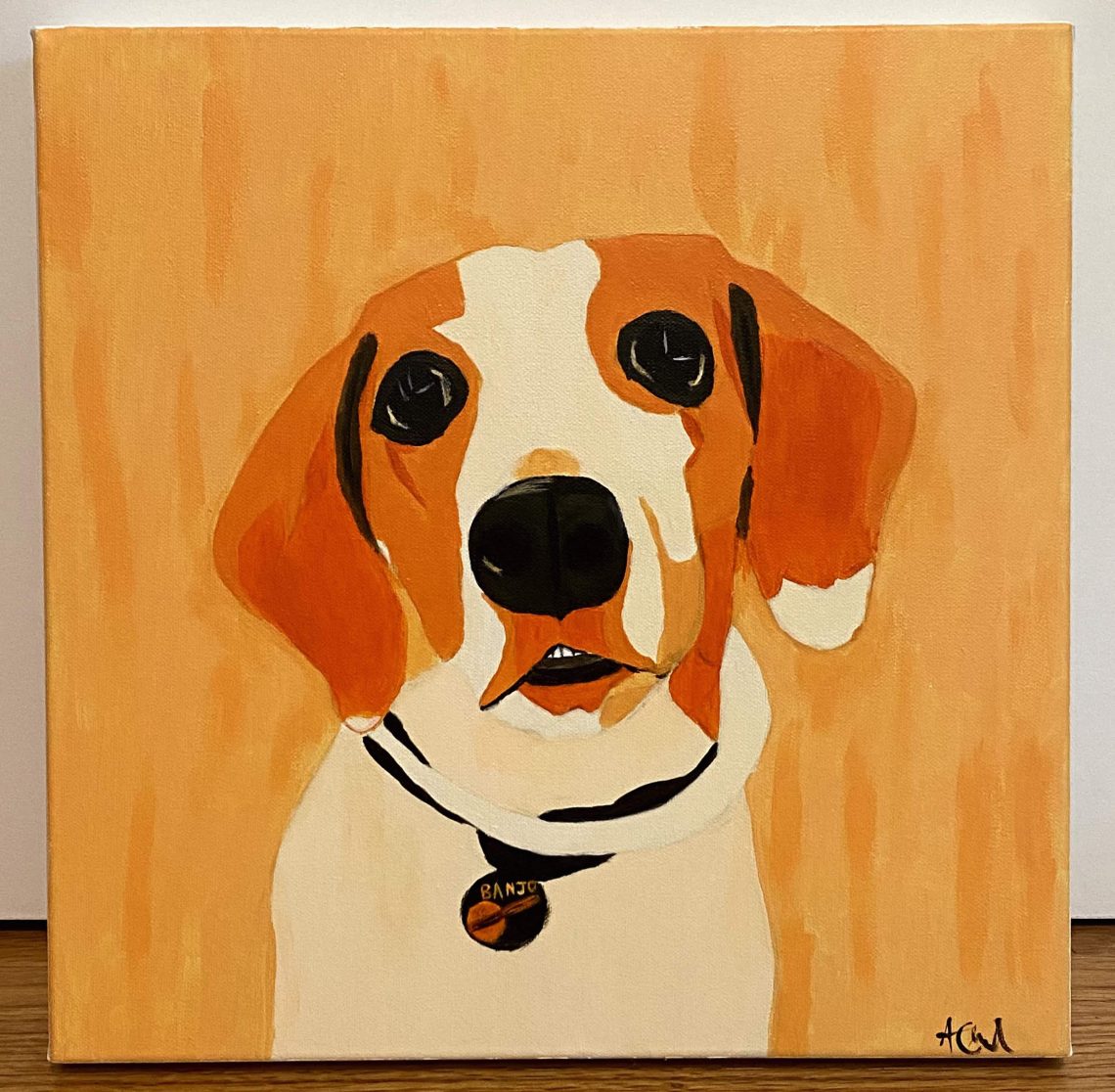
Creative Commons / Naoya Fujii
The future of fashion in the retail industry is among topics that will be explored in conversations hosted by the Stanford Arts Institute beginning Dec. 2.Groundbreakers in fashion industry share insights at Stanford
Stanford Arts Institute hosts "Fashion at Stanford," four conversations between fashion critic Cathy Horyn and forward-thinking industry insiders. Speakers include Ron Johnson, Annie Leibovitz, Pascal Dangin, Antoine Arnault and Alexander Wang.
Fall fashion at Stanford is not just cardinal-red hoodies and bike-friendly skinny jeans. On Dec. 2, “fall fashion” at Stanford may very well refer to the first of four conversations surrounding the fashion industry with New York Times fashion critic Cathy Horyn and a collection of forward thinking-insiders: Ron Johnson, Annie Leibovitz, Pascal Dangin, Antoine Arnault and Alexander Wang.
Hosted by the Stanford Arts Institute, “Fashion at Stanford” brings to campus industry leaders this academic year to offer insights and share stories about their fields of expertise. The guest speakers will illuminate aspects of branding, retail, marketing and design, and will participate in student workshops during their visits to campus.
All of the conversations are free and open to the public.
“So many of the developments that are changing the fashion industry are being created right here in the Bay Area,” said Matthew Tiews, the executive director of arts programs at Stanford. “Given Stanford’s location and our commitment to thinking in new ways about creative fields, this seems like the perfect time and place to be having these conversations.”
Dovetailing with the series, the Department of Art and Art History is offering an undergraduate fashion design-focused course in the winter that examines the interdependent relationship between fashion and art.
Elizabeth Kessler’s course “Fashion Shows: From Lady Godiva to Lady Gaga” will explore the ways in which artists have used fashion in different art forms as a means to convey social status, identity and other attributes of the wearer; the interplay between fashion designers and various art movements, especially in the 20th century; and the place of prints, photography and the Internet in fashion, in particular how different media shape how clothes are seen and perceived.
“There’s very strong student interest in fashion,” said Kessler, a lecturer in Art and Art History. “Many of them closely follow the fashion industry already: reading blogs, watching films and TV programs related to it, and checking out the most recent runway shows online. I think it’s great to have programs and courses here at Stanford that can feed and extend that interest and enthusiasm.”
A demonstration of that interest was a student fashion and dance performance led by Dance Division faculty lecturer Aleta Hayes at the Cantor Arts Center. Hayes created an original work inspired jointly by the aesthetics of fashion and dance and the retrospective of Carrie Mae Weems’ photography and video on view at the Cantor through Jan. 5, 2014. Collaborating on the project was Bay Area visual artist Lava Thomas.
The speaker series combined with the student workshops and the new fashion course call attention to Stanford’s place as an innovative leader in art, design and entrepreneurship that is bridging the narrowing gaps among the fashion, technology and academic worlds.
“This is an exciting field of teaching and research and we hope this series will be the launch pad for more opportunities in this area at Stanford,” Tiews said.
The speaker collection
Fall: Dec. 2, 2013 – Horyn sits down with Atherton, Calif., resident Ron Johnson, ’80, to discuss brand integrity and the future of retail. Johnson achieved record sales as vice president of Target, pioneered the highly successful retail store concept as senior vice president of Apple, and instituted a number of controversial innovations as CEO of JCPenney. He serves as a trustee of Stanford University, as a board member of Stanford Hospitals and Clinics and as vice chair of the Campaign for Stanford Medicine.
Winter: Jan. 9, 2014 –Annie Leibovitz, photographer, and Pascal Dangin, founder and CEO of Box, offer their perspective on image making and branding. Leibovitz’s distinguished body of work encompasses some of the most well known portraits of our time. She began her career as a photojournalist for Rolling Stone in 1970 while studying painting at the San Francisco Art Institute and joined the staff of Vanity Fair in 1983. At Vanity Fair, and later at Vogue, she photographed the icons of popular culture. Dangin’s creative agency and image finishing house Box revolutionized the art of photo editing. He describes the Box approach as equal parts experience and experimentation. Leibovitz and Dangin have collaborated on numerous projects including work in Vogue, Vanity Fair, W, Women’s Wear Daily and Harper‘s Bazaar.
Winter: Feb. 4, 2014 – Horyn looks at the luxury market with Antoine Arnault, CEO of men’s footwear producer Berluti, and a dynamic force at LVMH Moët Hennessy – Louis Vuitton, the world’s largest luxury goods conglomerate, which controls fashion powerhouses Donna Karan, Fendi, Givenchy and Marc Jacobs, among others. In 1999, Arnault founded the first French company that managed the registration of domain names on the web: Domainoo.com. In 2002, he joined Louis Vuitton and was named director of communications, advertising and publishing departments in 2007 and expanded his role in 2009 to include digital development and media purchases. Arnault was named CEO of Berluti in 2011, with plans to develop the label and expand its categories from shoes and leather goods to apparel, accessories and lifestyle items.
Spring: April 10, 2013 – The final conversation in the fashion series focuses on design with San Francisco native Alexander Wang, artistic director of Balenciaga. Wang was born and raised in San Francisco and attended Parsons School of Design in New York. In 2005, after two years at Parsons, he decided to launch his own label. His first collection began predominately in knitwear and evolved into a full women’s ready-to-wear line. By 2011, after winning top design honors and numerous awards, Wang had also launched several new brands and was named Best Menswear Designer of the Year by GQ magazine. Today, he operates 15 stores worldwide and an e-commerce site shipping to more than 50 countries.
The first conversation takes place at Stanford’s Cemex Auditorium at 6 p.m. on Dec. 2. Details on time and location for the remaining events will be posted as they are confirmed.





